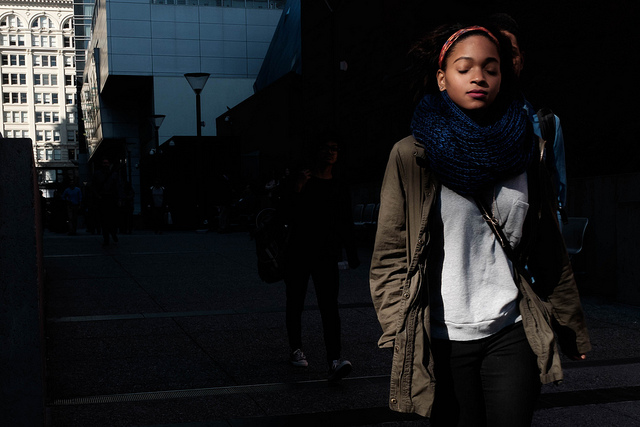We’re people with disabilities. Not disabled people.
I was in a car accident that left me permanently, partially disabled. It’s been over four years since that accident and I still remember my sister telling me, “You’re not a disabled person. You’re a person with disabilities.”
Sounds like the same thing, right?
Wrong.
When we say: “A disabled person”, we are subconsciously putting the disability first, and the person second.
When we say “A person with disabilities“, we are now putting the person first, and the disabilities second.
Before my sister made this clear to me, I had no idea that I was subtly acknowledging someone’s disability before even acknowledging the person.
Having been on both ends of the spectrum, I fully and wholeheartedly agree with my sister’s logic.
On November 17, 2010, I died. My car flipped in a freeway on-ramp tunnel and I was upside down, pinned and dead. Firefighters had to extract me from my car, revive me, and then rush me off to the hospital. I was in a coma, and woke up to a life I didn’t recognize. I struggled with my identity at that point. I noticed that being wheeled around the hospital, going from therapy to therapy, that people were seeing my wheelchair first and me second.
It was almost insulting. Are you pitying me? Is that why you are being so nice? It was almost nice to have someone cut me off in the hospital cafeteria checkout line because that person was being real, and not giving me special treatment because of my physical limitations. Odd, right? It’s not like people were intentionally belittling me, but overall, that’s what continued to happen.
I then went from a wheelchair to crutches, and from crutches to only one crutch, and from one crutch to a cane. My cane had the most people confused and flustered as to how to react to me. “Me,” at the time, was a 24-year-old female. At that point, I was told by my doctors to walk as much as I was able; to build up my stamina and lung capacity (since both my lungs had collapsed at the time of my accident). I can remember walking in the grocery store with my sister, and feeling people looking—not at me, but at my cane. It’s like I wasn’t even there. It was like they saw the cane first, saw the young girl second and then made the judgment call to pity her.
So the next time you see someone with a wheelchair or someone with a Seeing Eye dog, try to purposely rearrange the words in your head. Simply think, “There’s a person with a disability.” It might amaze you have differently you view that individual.
I remember going to the pharmacy, and in the waiting room there was a lady with such a unique cane.
Before my accident, I would be politely avoided seeing her cane, but now I could not care less about what material item helped anyone through their day. I looked at the lady, said “Wow, that’s an awesome cane,” and we hit it off. She told me where she got it, about the lady who makes them, and I got to know her—not just see what helps her walk.
That’s all a wheelchair is—the same goes for a crutch or a cane. It’s just something to help people get through their day. I’m almost glad to see someone with a cane now, because I know that without it, they would be in such pain trying to move.
~
Author: Catherine Thom
Editor: Alli Sarazen
Photo: Ken Walton/Flickr







Read 1 comment and reply